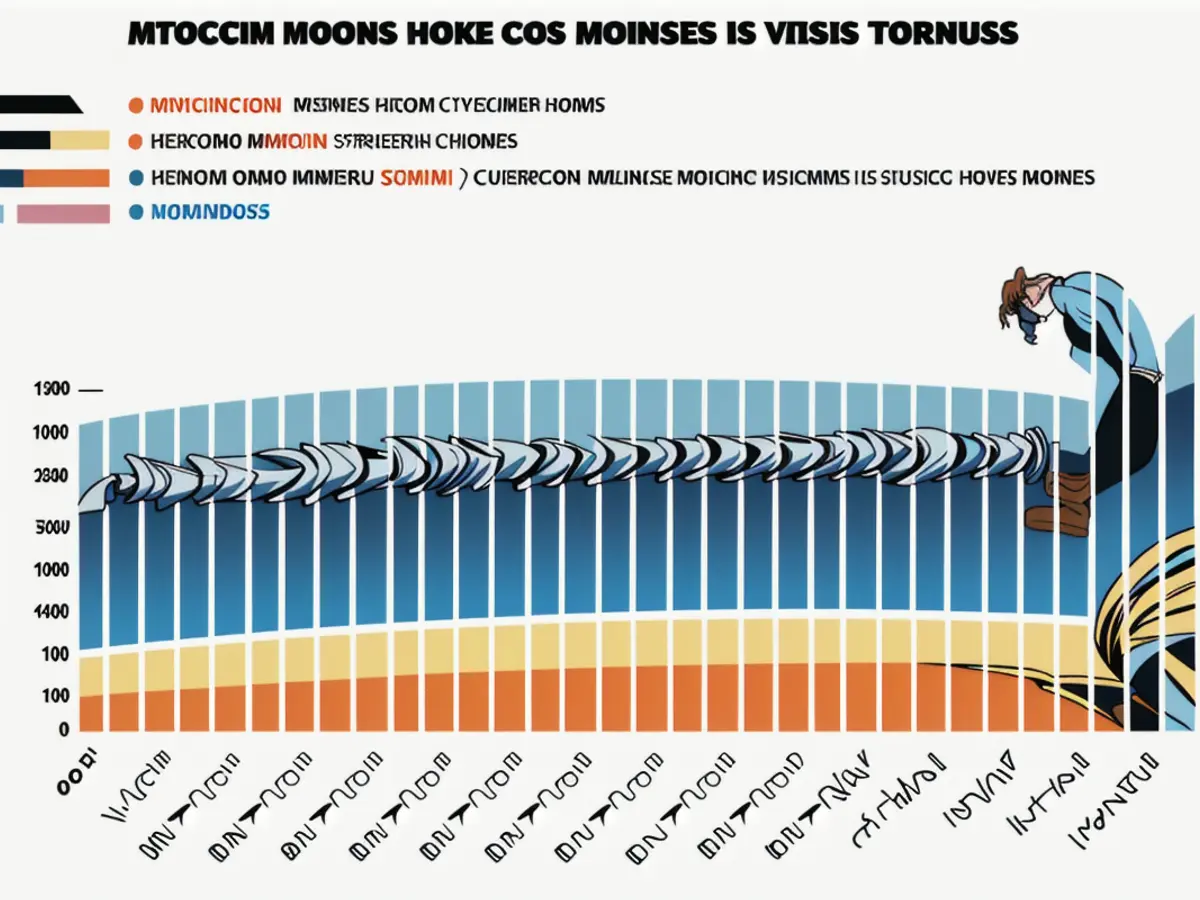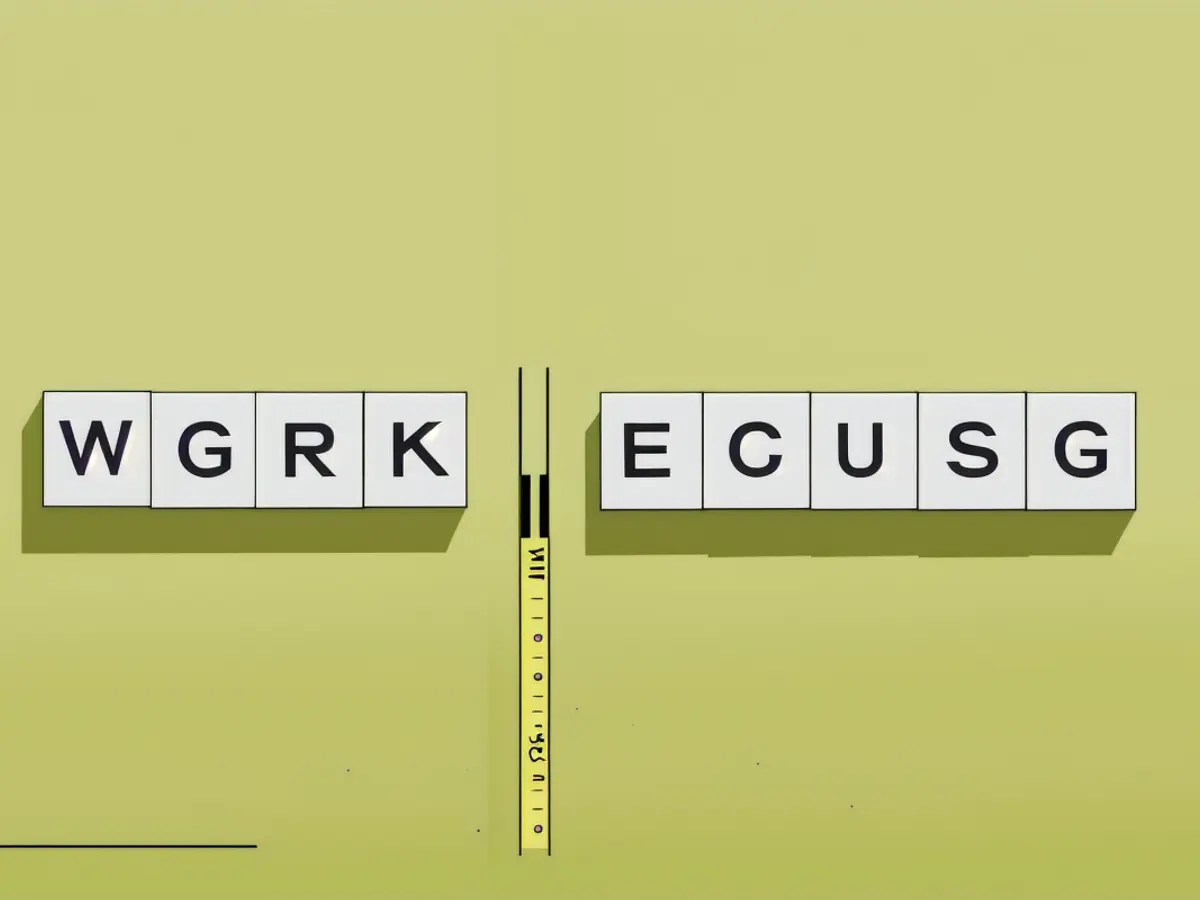The Near-Demise of the SAVE Loan Cancellation Initiative
The Eighth Circuit Court of Appeals has issued an injunction, putting a halt to the SAVE plan, a Biden administration initiative aimed at reducing student loan payments and erasing billions in debt. This decision brings the SAVE plan one step closer to its potential demise, as courts seem increasingly skeptical of the president's ability to significantly alter the student loan program without Congressional consent.
However, the injunction comes with a twist that could impact student loan repayment broadly. Advocates of fiscal responsibility will perhaps celebrate the SAVE plan's seemingly impending failure. Nevertheless, the courts are setting the stage for a complex situation that Congress may need to address.
"The Secretary has crossed the line"
The U.S. government offers a variety of income-driven repayment (IDR) plans to reduce borrowers' monthly payments based on their income. The Biden administration introduced the SAVE plan with exceptionally lenient terms, granting over half of its borrowers a $0 monthly payment, and even covering many borrowers' accrued monthly interest. The SAVE plan also featured forgiveness of any remaining balances after a period varying from 10 to 25 years—a feature most borrowers would likely utilize.
In response to the Supreme Court striking down an earlier loan cancellation scheme, a coalition of states accused the SAVE plan of exceeding executive power. The high court ruled in Biden v. Nebraska that policies of significant economic importance like massive student loan forgiveness necessitate "clear congressional authorization." While Congress has given the Secretary of Education the authority to offer IDR plans, the states argued that the SAVE plan went beyond what lawmakers intended.
The Higher Education Act allows the Secretary of Education to offer an income-contingent repayment (ICR) plan, with varying annual repayment amounts based on the income of the borrower. During President Obama's tenure, the Department of Education used this authority to create more generous IDR plans known as PAYE and REPAYE. Subsequently, the Biden administration utilized the same authority to substantially overhaul these plans with the SAVE plan.
The ICR statute outlining this authority is vague. It specifies a 25-year maximum repayment term but fails to specify a minimum term or the calculation of monthly payments. Crucially, it does not explicitly authorize loan forgiveness.
Uncertainty looms over more than ten million borrowers in ICR plans
The courts have yet to deliver a final ruling on the SAVE plan, so its legal fate remains unclear. However, the Eighth Circuit did find that the Secretary's authority to create ICR plans does not grant loan forgiveness at the end of the repayment period. If this holds, the implications for the student loan repayment system could be substantial.
As of September 2024 (the latest available data), approximately 8 million borrowers relied on the SAVE plan. An additional 2.6 million were enrolled in IDR plans based on the ICR authority, making a total of over 10 million borrowers in ICR plans—roughly one-third of borrowers with repayment plans. Even before the SAVE plan, more than 5 million borrowers had enrolled in ICR-based plans.
The ICR-based plans often fail to fully repay loans within their repayment periods. The Congressional Budget Office forecasted that taxpayers were set to forgive hundreds of billions of dollars through existing IDR plans, including those created before the SAVE plan. If loan forgiveness under ICR-based plans is deemed illegal, it could significantly alter these plans' dynamics.

The Eighth Circuit suggested that the Secretary of Education could adjust the share of income that ICR borrowers contribute to their loans on a year-by-year basis. However, this proposal would involve an unnecessarily complicated administrative process and likely result in a steep increase in monthly payments.
To further complicate matters, Congress also authorized the income-based repayment (IBR) plan, with an explicit authorization for loan forgiveness after 20 or 25 years. It's possible that borrowers in ICR-based plans could transfer to IBR, which would count their ICR-based payments towards IBR loan forgiveness.
IBR plans have fallen out of favor in recent years due to fewer benefits and a general shift toward more generous ICR-based plans. Converting all ICR borrowers to IBR would require significant administrative efforts, especially during the challenging post-pandemic transition back to student loan repayment. Moreover, older borrowers with loans taken out before 2014 would face a substantial increase in their monthly payments and repayment terms, leading to possible sticker shock for many.
Navigating the convoluted landscape of IBR, ICR, and IDR is no easy task for millions of student loan borrowers. Confusion and uncertainty for borrowers are the direct result of Congress writing ambiguous laws and successive administrations implementing increasingly generous loan repayment plans. Now, the courts are beginning to untangle the mess and eliminate some of the jumbled blocks that sustain the system.
Congress must take action
If the courts and Education Department are left to resolve the issue, only the chaos gods could emerge victorious. Ultimately, it falls to Congress to fix this system for good. A potential resolution might include the following:
Older ICR-based plans, including PAYE and REPAYE, have been in use long enough that borrowers have made decisions based on the availability of these plans. These borrowers deserve certainty going forward. Congress could pass a law allowing current borrowers to repay their loans based on IDR plans that were in effect in March 2020, prior to the payment pause.
For new borrowers, Congress could create a single, clear income-driven repayment plan with clearly defined assessment rates, exemptions, repayment timelines, and loan forgiveness rules. The law should decide whether it intends for the plan to generate revenue, incur losses, or achieve budget neutrality, and it should adjust the plan's terms accordingly. Additionally, the law should remove the Secretary's authority to alter these terms or create new plans.
The concept that "major questions" of substantial economic consequence belong to Congress alone holds weight in this matter. Deciding how borrowers should repay the more than $1.6 trillion in student debts that taxpayers hold is a question for Congress to answer. The current chaos in the student loan repayment system is both frustrating and potentially leads to Congress finally fulfilling its obligations.
- Given the court's skepticism towards the Biden administration's ability to significantly alter the student loan program without Congressional consent, it's crucial for lawmakers to reevaluate the SAVE plan and student loan repayment as a whole.
- The Eighth Circuit's ruling raises questions about the forgiveness of student loans under income-driven repayment plans, potentially affecting millions of borrowers who rely on these plans.
- If the courts decide that loan forgiveness under ICR-based plans is illegal, it could lead to a significant shift in the dynamics of these plans, potentially saving taxpayers hundreds of billions of dollars.
- In light of the ongoing uncertainty, Congress should consider passing a law that allows current borrowers to continue with IDR plans that were in effect prior to the pandemic, providing them with much-needed certainty.
- For new borrowers, a clear and straightforward income-driven repayment plan with well-defined assessment rates, repayment timelines, and loan forgiveness rules could help alleviate confusion and prevent further challenges to executive authority.
- As the student loan debt continues to grow, it's essential for Congress to take a proactive role in crafting thoughtful legislation that addresses the needs of borrowers while ensuring fiscal responsibility and clarity in the repayment process.







